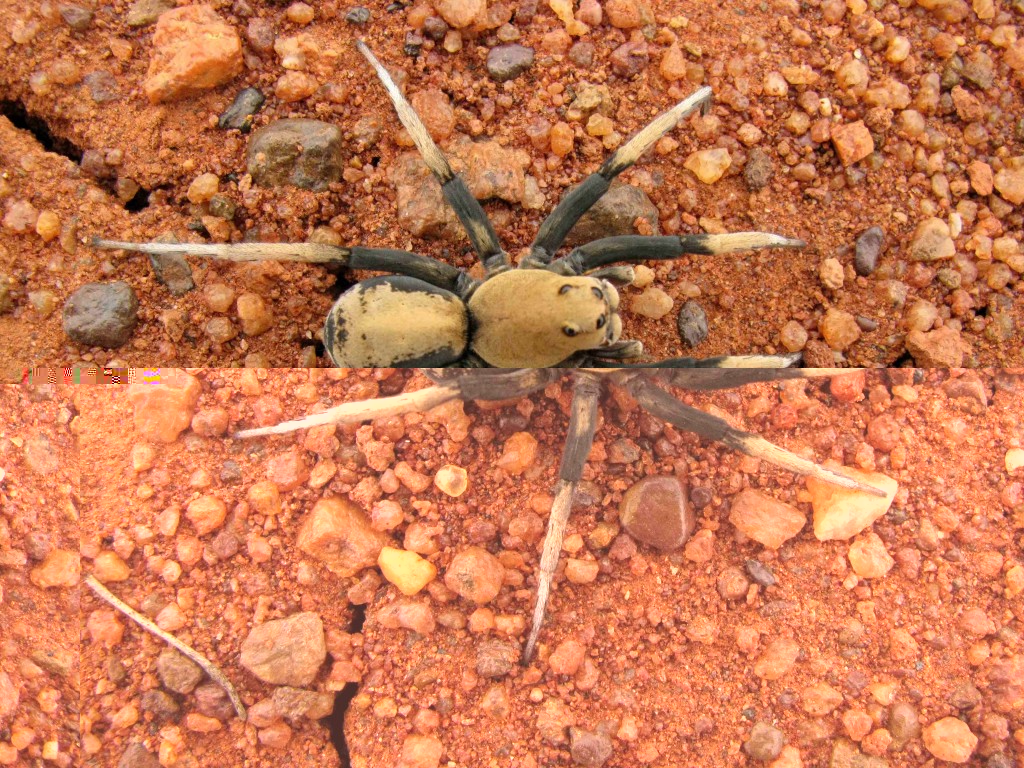Western Australia, Day 7
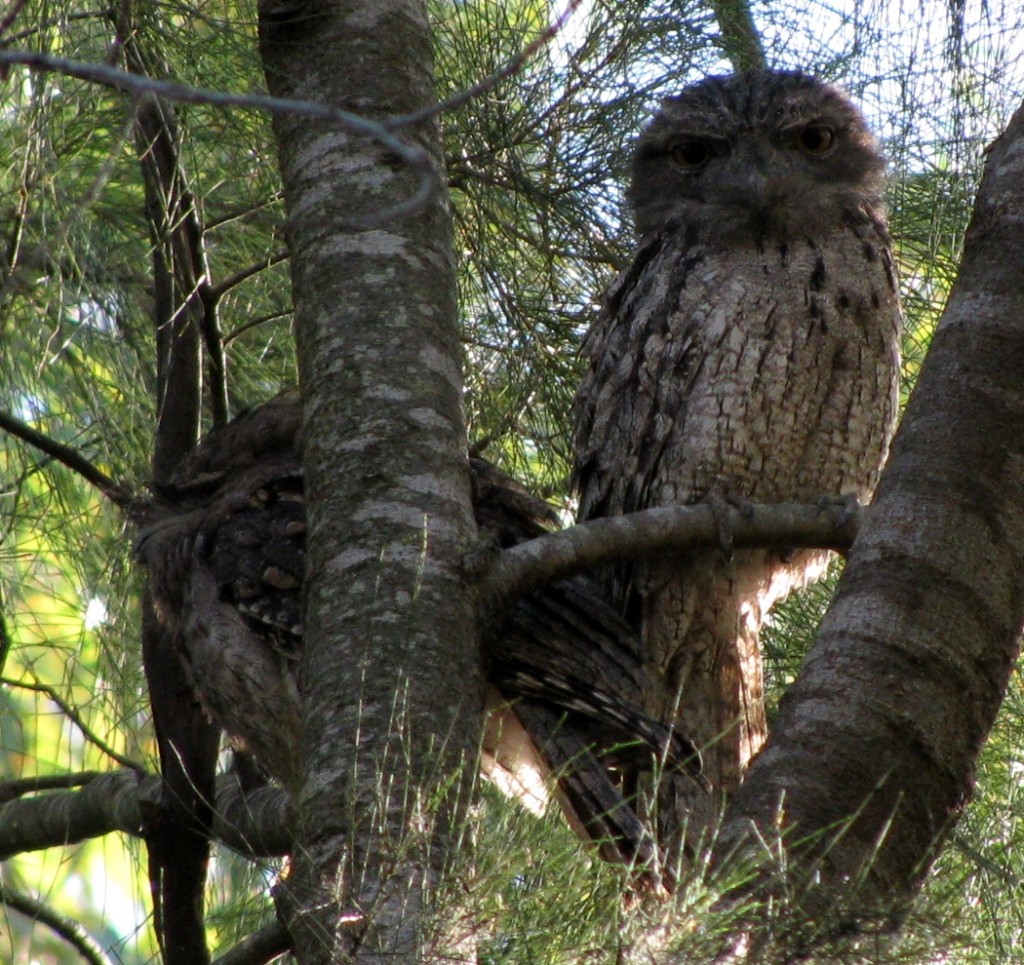
Tawny Fogmouths in Ross River Bush Garden, Townsville (© Magi Nams)
Townsville: In early morning, I again cycled to the Ross River Bush Gardens, curious as to whether the pair of tawny frogmouths would again be roosting in the she-oak where I observed them yesterday. They were. I took time to observe them carefully, noting that the plumage of one bird was rust-grey rather than purely grey; thus, it was likely the female.1 Both birds appeared to be asleep, although their eyes showed a thin, opened slit.
Maintaining the eyes partially opened during sleep is characteristic of tawny frogmouths and is thought to enable the birds to detect movement and potential threats.2 If a threat is perceived, frogmouths adopt a camouflage position by stretching their head and body into a linear “stick” position that resembles a broken branch.3 I observed a brief instance of the camouflage position, but the birds generally appeared simply to be sleeping. Their wide beaks – the reason for their unglamorous name – appeared almost hidden by bristles and head plumes whose function is uncertain, but which may protect the birds’ eyes and face from stinging attempts by invertebrate prey.4 The frogmouths perched motionless, fading into the gloom of the shaded, riverside forest of the Gardens.
Western Australia: Once the motion-detection cameras were in place, the research crew spent most days conducting vegetation, kangaroo, and bird surveys, and evenings spotlighting wildlife. The desert vegetation was dominated by spiky spinifex grass that’s inedible for many herbivores, which is why it survives in abundance. Other vegetation included shrubs and short, desert-adapted acacia trees and gums.
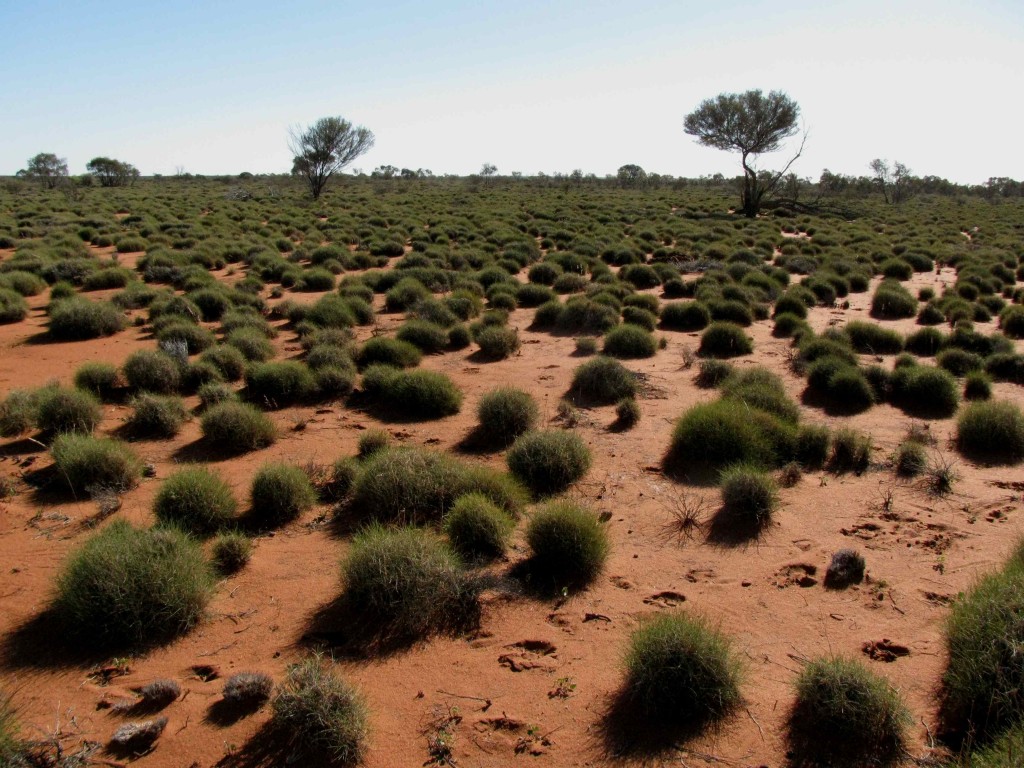
Spinifex-dominated Desert at Yakabindi (© Vilils Nams)
While working in the desert, Vilis, Janis, Euan, and Gus spotted intriguing desert wildlife and signs of wildlife, including emus, a large trapdoor spider, a western bowerbird’s bower, and monitor trails.
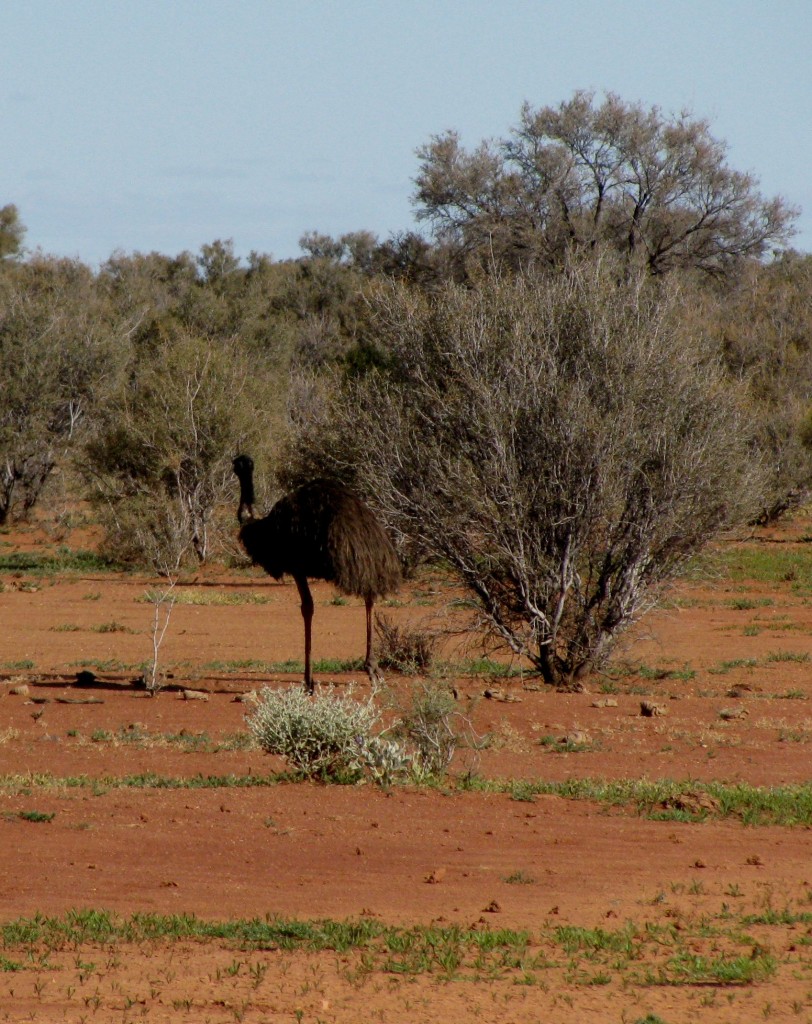
Emu (© Vilis Nams)
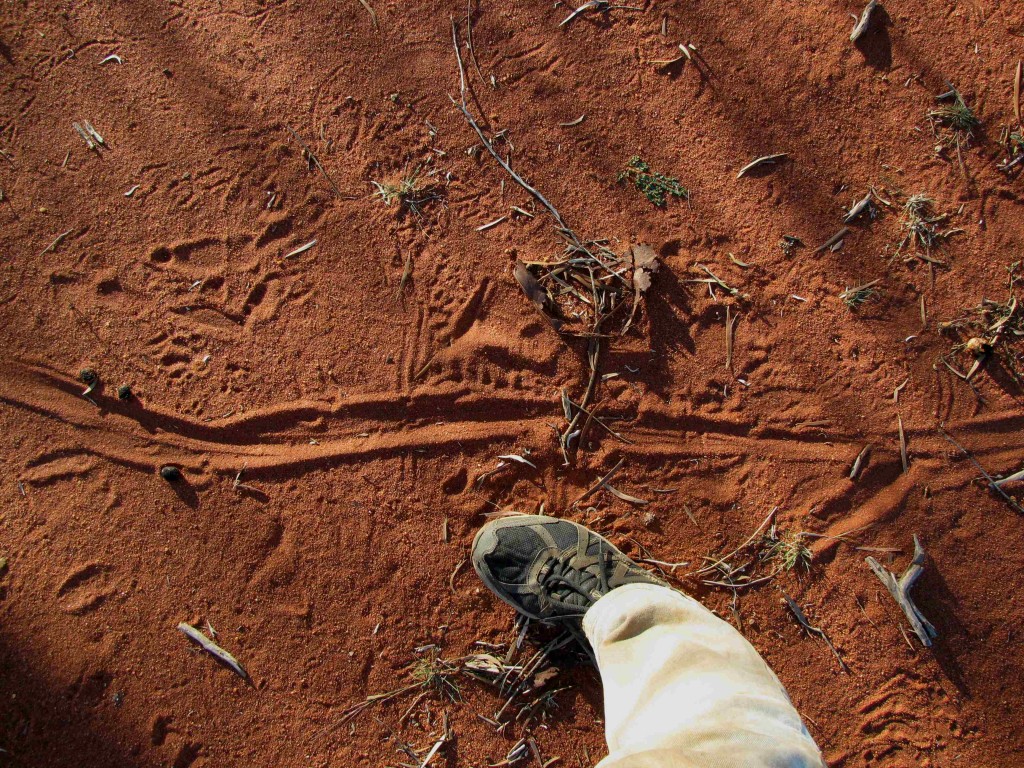
Yellow-spotted Monitor Trail (© Vilis Nams)
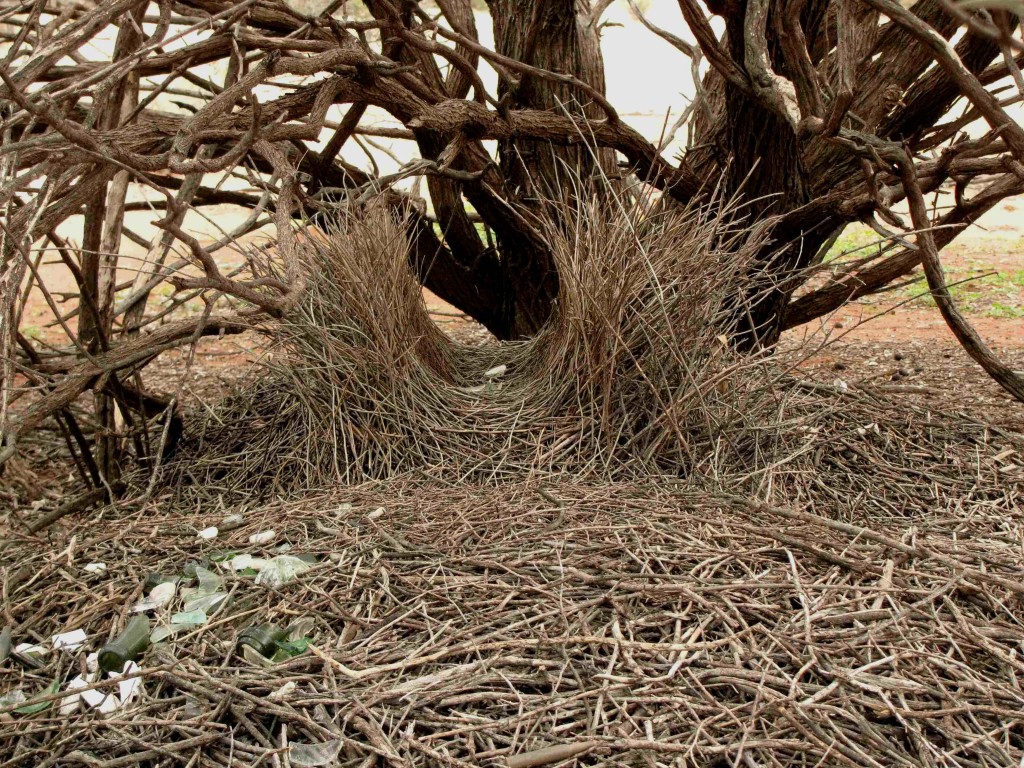
Avenue Bower of Male Western Bowerbird (© Vilis Nams)
Today’s bird list: rainbow lorikeets, brown honeyeaters, magpie-larks, great bowerbird, rainbow bee-eaters, peaceful doves, leaden flycatcher, white-gaped honeyeater, yellow honeyeater, nutmeg mannikins, rufous whistler, *Horsfield’s bronze-cuckoo, pheasant coucal, spangled drongo, mynas, tawny frogmouths, forest kingfishers, masked lapwings, rock doves, welcome swallows, sulphur-crested cockatoos, black kite, brown-backed honeyeater. (*denotes lifelist sighting)
1. Gisela Kaplan. Tawny Frogmouth. 2007. CSIRO PUBLISHING, Collingwood, Victoria. p. 6-7; 2. Ibid, p. 55; 3. Ibid, p. 51; 4. Ibid, p. 18-19.


